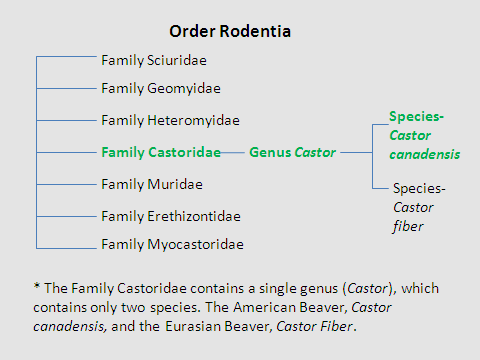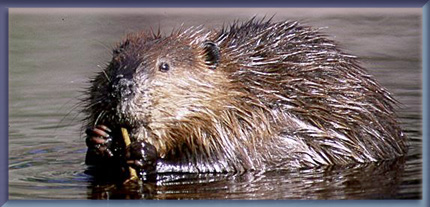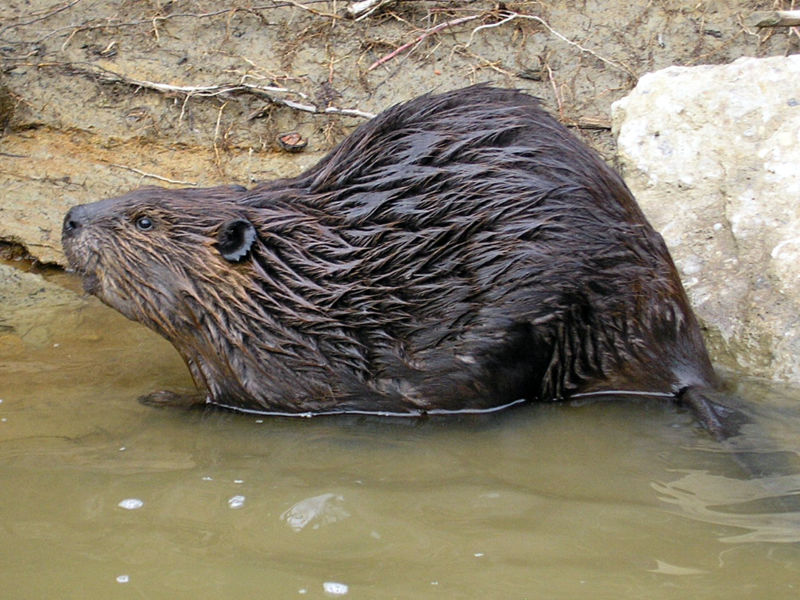
Classification
Domain- Eukarya
To start off, beavers are grouped into the Domain Eukarya because of one very distinct characteristic, and that is that they are eukaryotic organisms. Their cells each have a nucleus and membrane-bound organelles.
Kingdom- Animalia
They then belong to the Kingdom Animalia because they are eukaryotes, multicellular, and they ingest other organisms.
Phylum- Chordata
Next, they are members of the Phylum Chordata due to the fact that they have the five key characteristics that all chordates encompass. They possess a notochord, postnatal tail, pharyngeal pouches, an endostyle and a dorsal nerve chord. They also have bilateral symmetry which means they have a single plane of symmetry. This allows them to face the environment from one direction, which then allows for increased cephalization. They also have segmented bodies and are triploblastic (they have all three tissue layers). Finally, they have a coelom, which is a cavity that is lined with mesoderm and is fluid-filled.
Class- Mammalia
Beavers then belong to the Class Mammalia because they are endothermic, their bodies are covered in hair, and they have glands (sweat, sebaceous and mammary glands).
Order- Rodentia
They then belong to the Order Rodentia. All organisms in this order have two incisors on the upper jaw and two on the lower. They then have a gap between the incisors and the molars which are located in the back of the mouth and are used for grinding. The incisors have enamel on the front which is hard and then a soft layer of dentine on the back. Lastly, they have five toes on their back feet. Next, they belong to the Suborder Sciurognathi because the roots of their incisors are in the same level surface as the angular process (part of the jaw).
Family- Castoridae
They belong to the family Castoridae and are the only extant members. They consist of only one genus and that is Castor.
Genus- Castor
There are two different species of beavers that are extant in this genus. One of these is the Eurasian beaver, Castor fiber, and the other is the North American beaver, Castor canadensis. There are a few differences between the two different species of beavers. One of these is that the Eurasian beaver builds bank burrows more often while the North American beaver prefers to build free standing lodges that are completely surrounded by water. They also differ in the number of chromosomes that they have; the North American beaver has forty chromosomes while the Eurasian beaver has forty-eight. They also differ morphologically in a few ways. The North American beaver has a larger skull, has a square nasal opening, is more competitive, has broader tail dimensions and has broader tail vertebrae.
Species- Castor canadensis
The following are phylogenetic trees that illustrate how the beaver is related to other organisms. The first two trees are based on morphological features. The third tree shows the two different species of beavers; these two species are separated by molecular differences along with a few morphological differences that were discussed in the classification above.




